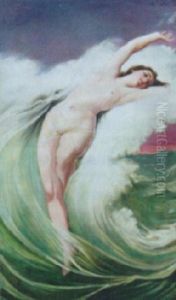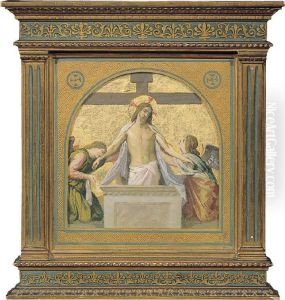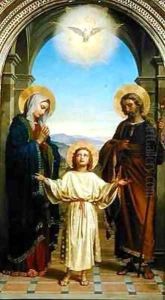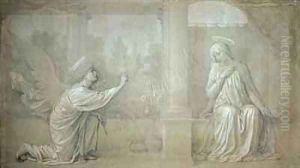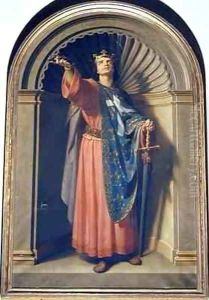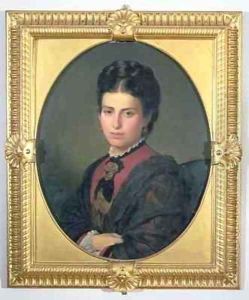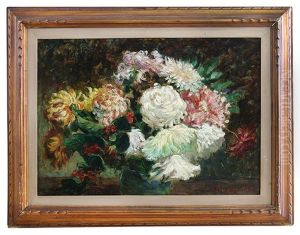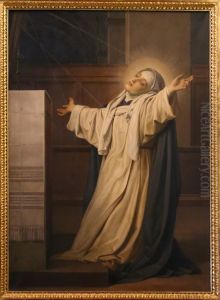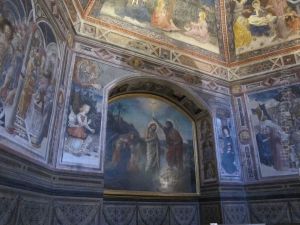Alessandro Franchi Paintings
Alessandro Franchi was an Italian painter, primarily known for his work as a fresco artist, active during the late 19th and early 20th centuries. Born on May 25, 1838, in Pistoia, Tuscany, he began his artistic education at the Academy of Fine Arts in Florence, where he was influenced by the prevailing styles of the time, including Neoclassicism and Romanticism.
Franchi's work is characterized by its adherence to the academic painting tradition, focusing on religious and historical subjects. His style was in line with the tastes of his period, which favored grand, narrative works of art. He was particularly skilled in fresco painting, a method of mural painting executed upon freshly laid lime plaster, which was a significant medium during the Italian Renaissance and continued to be popular among artists of the 19th century.
During his career, Franchi received commissions to decorate several important buildings. Notably, he worked on frescoes for the Church of San Francesco in Pistoia and for the Chapel of the Holy Sacrament in the Basilica of Santa Maria Maggiore in Rome. His work often reflected a deep understanding of the human form, combined with a narrative ability that sought to convey moral and religious messages to the viewer.
Franchi's contribution to art was not limited to his frescoes. He also created altarpieces and other religious-themed paintings that were well-received by the public and critics alike. His works are characterized by their rich color palette and detail, as well as a certain dramatic intensity which was typical of the artistic mood of the era.
Alessandro Franchi died on August 24, 1914, in Rome. Although not as widely recognized today as some of his contemporaries, Franchi's work remains an example of the academic art tradition in Italy during a period of great change and modernization in the arts. His frescoes and paintings continue to be studied for their technical proficiency and historical value, and they can still be seen in the churches and public buildings for which they were created.
